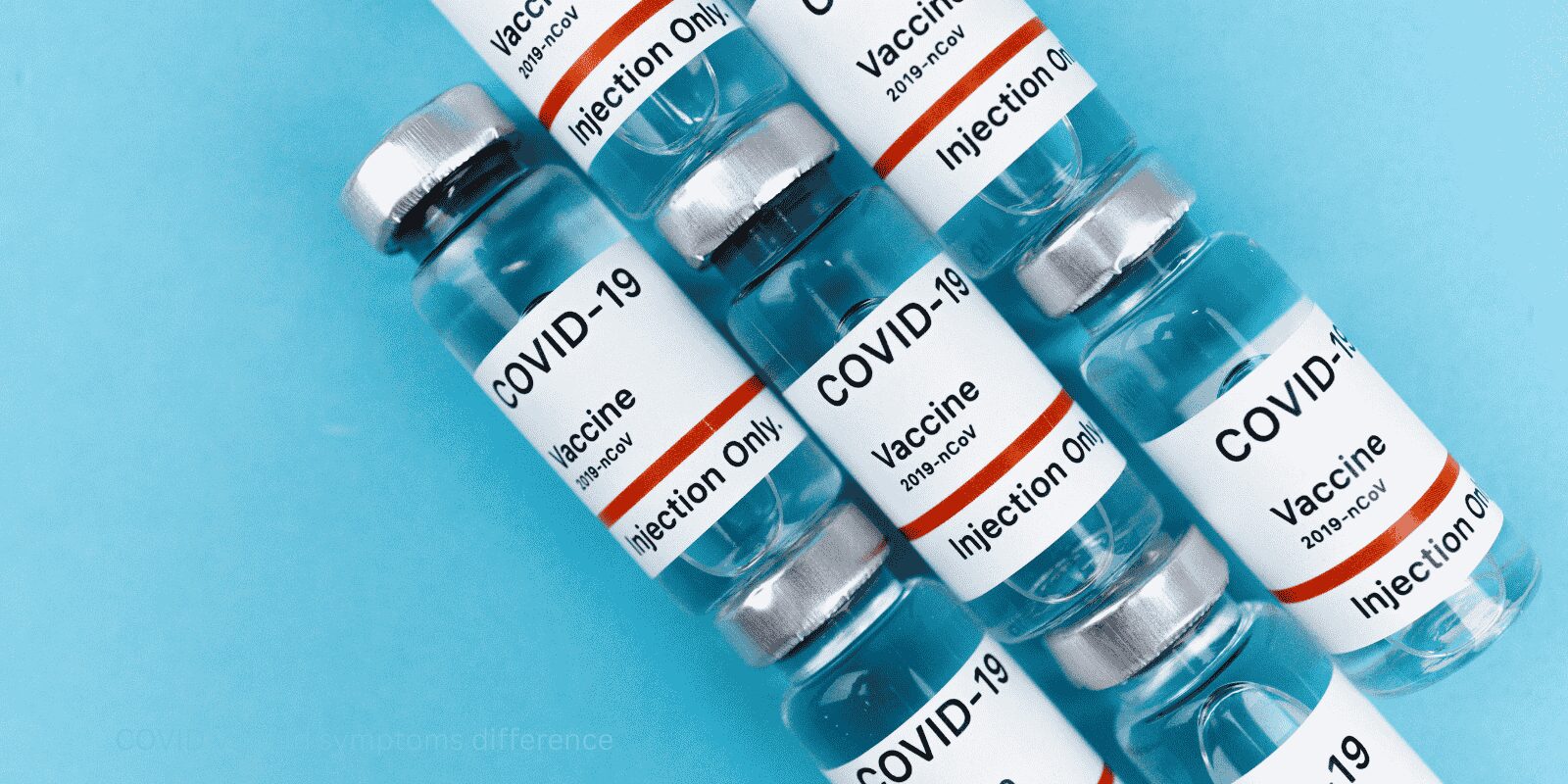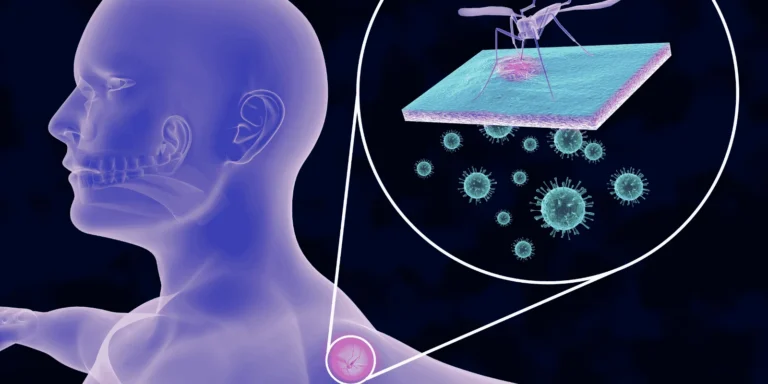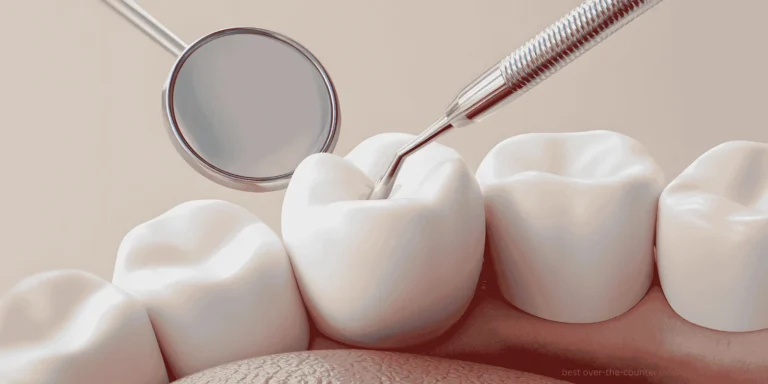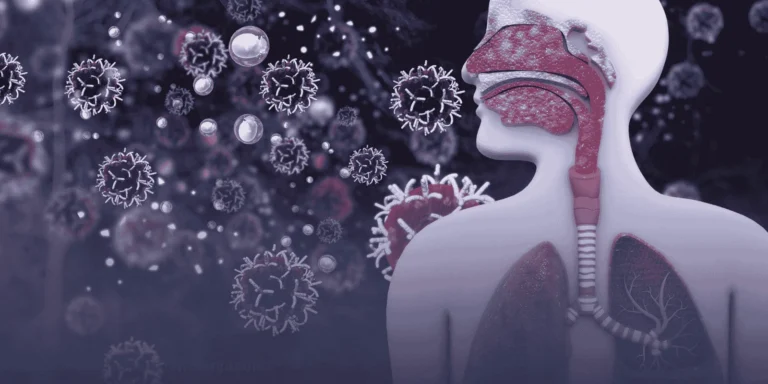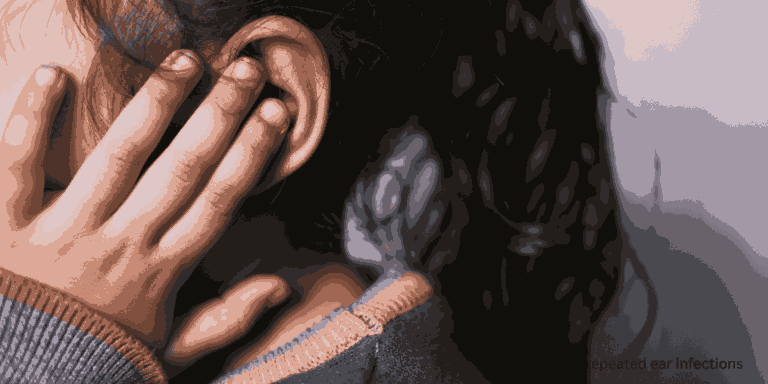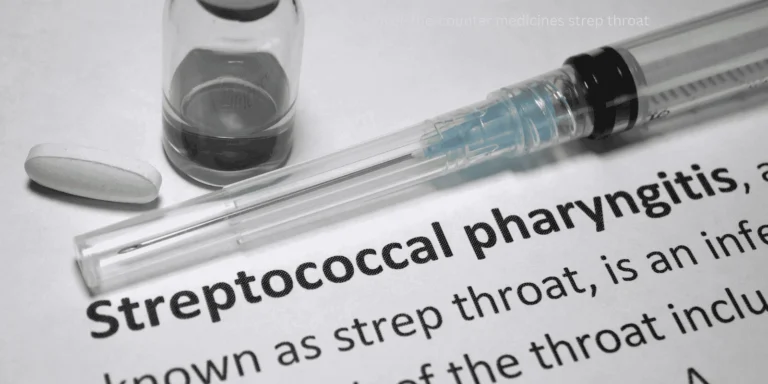COVID and colds look almost identical in 2025. Even I sometimes can’t tell them apart without a test.
But there are still some patterns that can give you clues about which one you’re dealing with.
The Onset Pattern
Colds usually creep up gradually. Day one you feel a little tired, day two your throat’s scratchy, day three you’re congested.
COVID can start more abruptly. Some people wake up feeling fine and are miserable by afternoon. Others have the gradual onset like colds.
Symptom Hierarchy
Cold symptoms typically follow a predictable order:
- Scratchy throat
- Runny nose and congestion
- Mild cough
- Maybe low-grade fever
COVID symptoms are more random. You might get a severe sore throat first, or start with extreme fatigue, or just feel congested.
The Sore Throat Difference
This is the biggest distinguisher I see now. COVID sore throat in 2025 is often severe — patients describe it as feeling like strep throat.
Cold sore throats are usually mild and scratchy, not the deep, painful swallowing difficulty that COVID can cause.
Fatigue Levels
Cold fatigue makes you feel tired and want to rest more.
COVID fatigue can be overwhelming — that bone-deep exhaustion where even watching TV feels like work. Many patients tell me they felt more tired than they’ve ever been.
Fever Patterns
Colds rarely cause fever in adults. When they do, it’s usually brief and low-grade.
COVID fever patterns are unpredictable. Some people never get fever, others spike high temps. When COVID fever occurs, it often lasts longer than cold fever.
Congestion Characteristics
Both can cause congestion, but COVID congestion often feels “different” — heavier, more persistent, sometimes with unusual post-nasal drip.
Cold congestion typically improves with decongestants. COVID congestion might not respond as well.
The Smell and Taste Thing
Loss of smell and taste isn’t as common with current COVID variants, but it still happens more often than with colds.
If you suddenly can’t taste your coffee or smell your shampoo, think COVID.
Headache Patterns
Cold headaches are usually mild and related to sinus congestion.
COVID headaches can be more severe and often described as “pressure” behind the eyes or across the forehead.
Duration Differences
Colds typically last 7-10 days with gradual improvement.
COVID can be shorter (3-5 days) or longer (weeks), and the recovery pattern is less predictable.
The Cough Factor
Cold coughs are usually mild and gradually improve.
COVID coughs vary widely — some people have no cough, others develop persistent dry coughs that linger for weeks.
Body Aches
Colds might cause mild aches, mainly in your head and neck.
COVID can cause more widespread muscle aches, similar to flu.
Gastrointestinal Symptoms
Colds rarely affect your stomach.
COVID can cause nausea, diarrhea, or stomach upset, though this is less common with current variants.
The Testing Reality
Given how similar these conditions look, testing is often the only way to know for sure.
Test if you:
- Have any respiratory symptoms
- Were exposed to someone with COVID
- Need to know for work/travel/family visits
- Just want peace of mind
When to Seek Care
For either condition, seek medical evaluation if you develop:
- Difficulty breathing
- Chest pain
- High fever
- Severe headache
- Symptoms that worsen significantly
Bottom Line
Don’t try to diagnose yourself based on symptoms alone. Current COVID variants are masters of disguise, mimicking everything from allergies to strep throat.
When in doubt, test. It’s the only reliable way to know what you’re dealing with.

